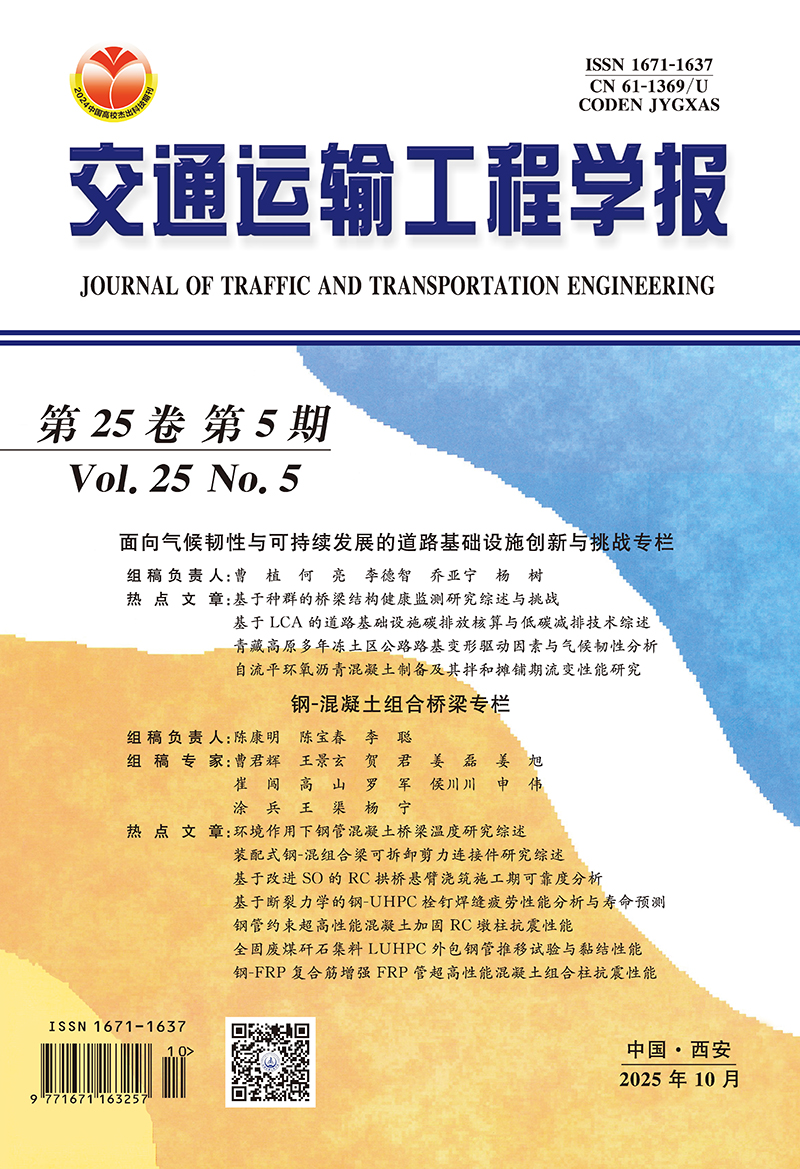2018 Vol. 18, No. 5
Display Method:
Commute activity identification based on spatial and temporal information of transit chaining breaks
Abstract:
2018, 18(5): 176-184.
doi: 10.19818/j.cnki.1671-1637.2018.05.017





